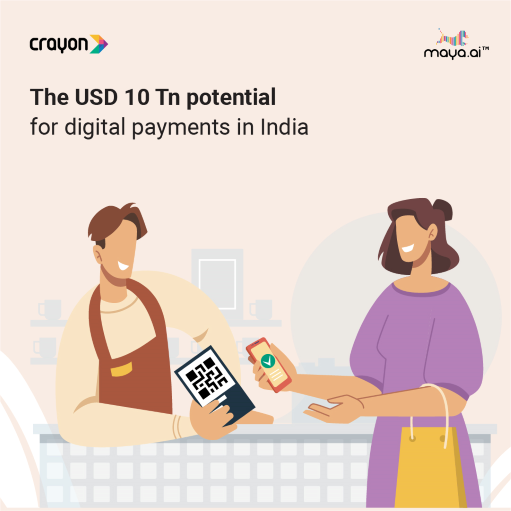By the year 2022, the total number of credit card holders across the globe is projected to grow to 1.2Bn (from the 1.06 Bn in 2017). And these card holders will look for relevant experiences that match their interests. Be it fine dining, globe-trotting or shopping.
This leaves banks and credit card providers with enormous potential. To grow their portfolio, and increase customer spends, and offer personalized relevant experiences to their customers.
Traditional financial institutions with their current technological capabilities, face five major challenges in unlocking the full potential of their offers portfolio.
#1 About 50% of bank offers are never used
In the credit card industry, the general assumption is that the number of offers in a portfolio directly translates to more transactions by customers. Banks and credit card issuers see offer acquisition as a game of quantity, not quality. However onboarding thousands of merchants, does not lead to an increase in spends. In fact, sending customers multiple random or generic offers can have a negative effect on the bank’s portfolio. Customers consider them spam, and banks lose out on present and potential transactions.
The key here, is not the number of offers or merchants, but how relevant they are. Banks and credit card providers need to send recommendations from merchants that capture customers’ interest. Understand what matters to them and onboard merchants and offer partnerships based on the tastes identified.
#2 Lack of automated processes and proper data
Offer acquisition for the portfolio is often done using the feet–on–street model, by onboarding merchants one at a time. This method is limited in a number of ways.
It lacks the data needed to identify the top merchants to partner with. The data that is captured, is often incomplete, outdated, or wrong. Without an automated onboarding process, it becomes difficult to validate data, rendering it un-usable in most cases. This method is also limited to the popular and mainstream brands. Most niche brands are only identified through word-of-mouth.
Banks need to automate and digitize their onboarding process, as well as make use of their internal customer data. With a data-driven decision-making process, it’ll be easier for banks to identify the offers to acquire and the best merchants to partner with.
#3 Non-performing merchants negatively affect the portfolio
Banks and credit card providers also use the aggregators model to onboard new merchants and offers to their portfolio. However, signing-up multiple merchants at once via a third party is not the best idea.
Banks often have to pay a high price for the exclusivity. At the same time, several merchants in their portfolio will provide little to no ROI. For most banks, 50% of their portfolio will not see a single transaction in 12 months. And more than 90% of spends actually comes from less than 5% of merchants in the portfolio. And once more, there is the question of data validity.
Banks need a to create a self-serve offers marketplace for merchants to reduce the burden while scaling up volume of merchants.
#4 Multiple spreadsheets make it messy to manage offers
In most cases, merchant and offer data is not stored in a centralized database. But is uploaded directly to the HTML code of the offers portal. This makes it difficult to track and validate the data. What’s more, information on campaign details, customer engagement, offer utilization and other key metrics are tracked using spreadsheets. Without a centralized database and an automated offer management system, only 10-20% of the offers in a portfolio are surfaced to customers. The rest remain buried deep in offers portals.
Banks and credit card providers need to easily record, keep track, and manage the status of all offers through a single digital interface. Along with the ability to showcase and distribute relevant offers on all their assets, including websites, mobile, chatbots, CRM and concierge systems.
#5 Difficult to monitor offer/portfolio performances
Without a dynamic offer management platform, many banks and credit card providers also lack the ability to effectively track offer portfolio performance. Typically, this is done through notional indicators, which are similar to how the impact of print-media campaigns are measured. However, this never provides the full picture.
Banks need to integrate any and all offers, both online and offline, with a fulfillment mechanism to monitor performance based on key customer engagement metrics. Add AI and predictive analytics to the mix, and they will be in a position to predict trends in advance, to curate targeted campaigns.
Dynamic offer management platforms that help you stay relevant
Traditional banks and card issuers need a streamlined process, right from onboarding merchants and offers, creating new campaigns, to tracking live ones. They need to do this even while they personalize offer recommendations in order to maximize spends from their offer portfolios.
The key to unlocking the full potential of your card portfolio is to invest in an all-in-one offer management platform. In short, maya.ai. The AI personalization platform powering the age of relevance!

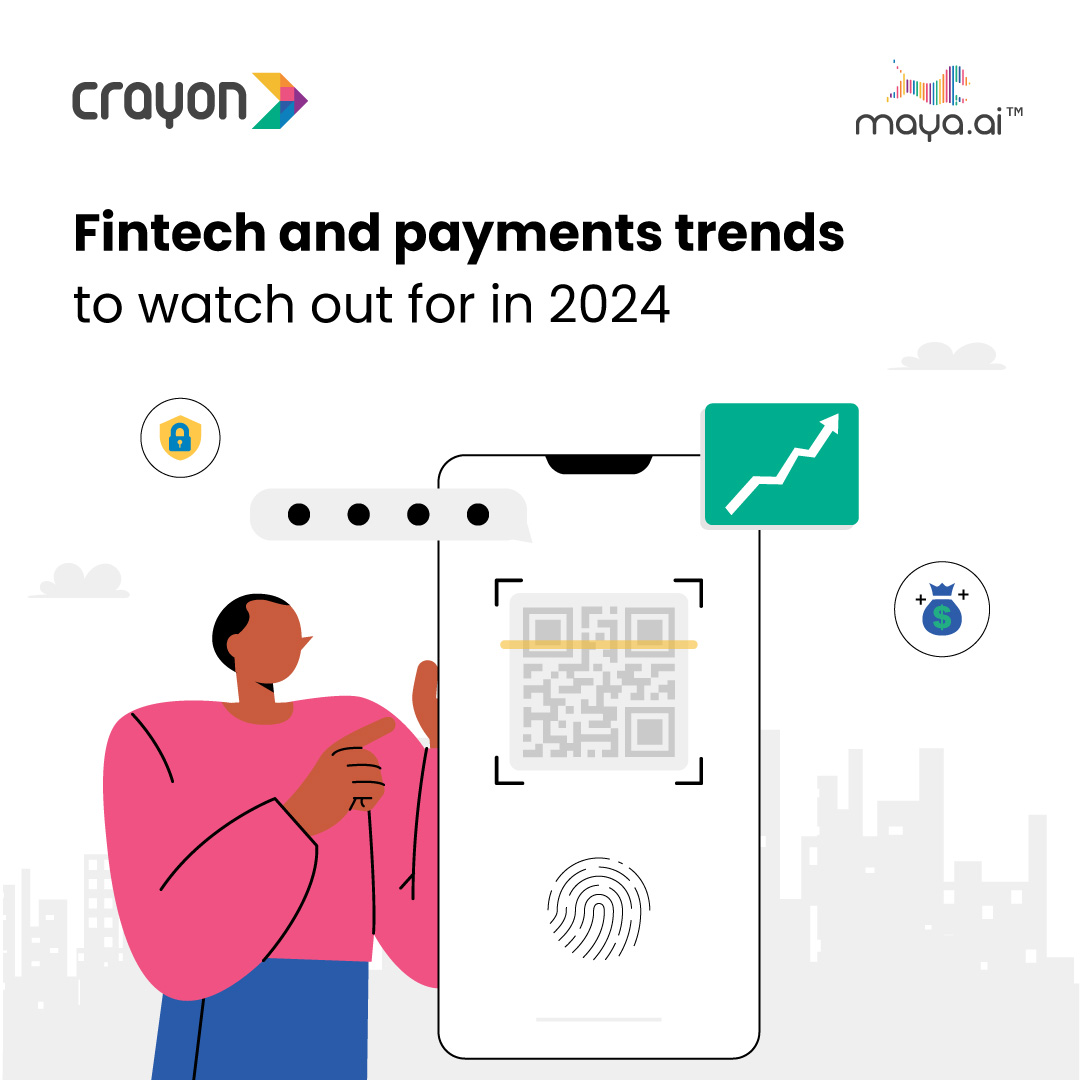

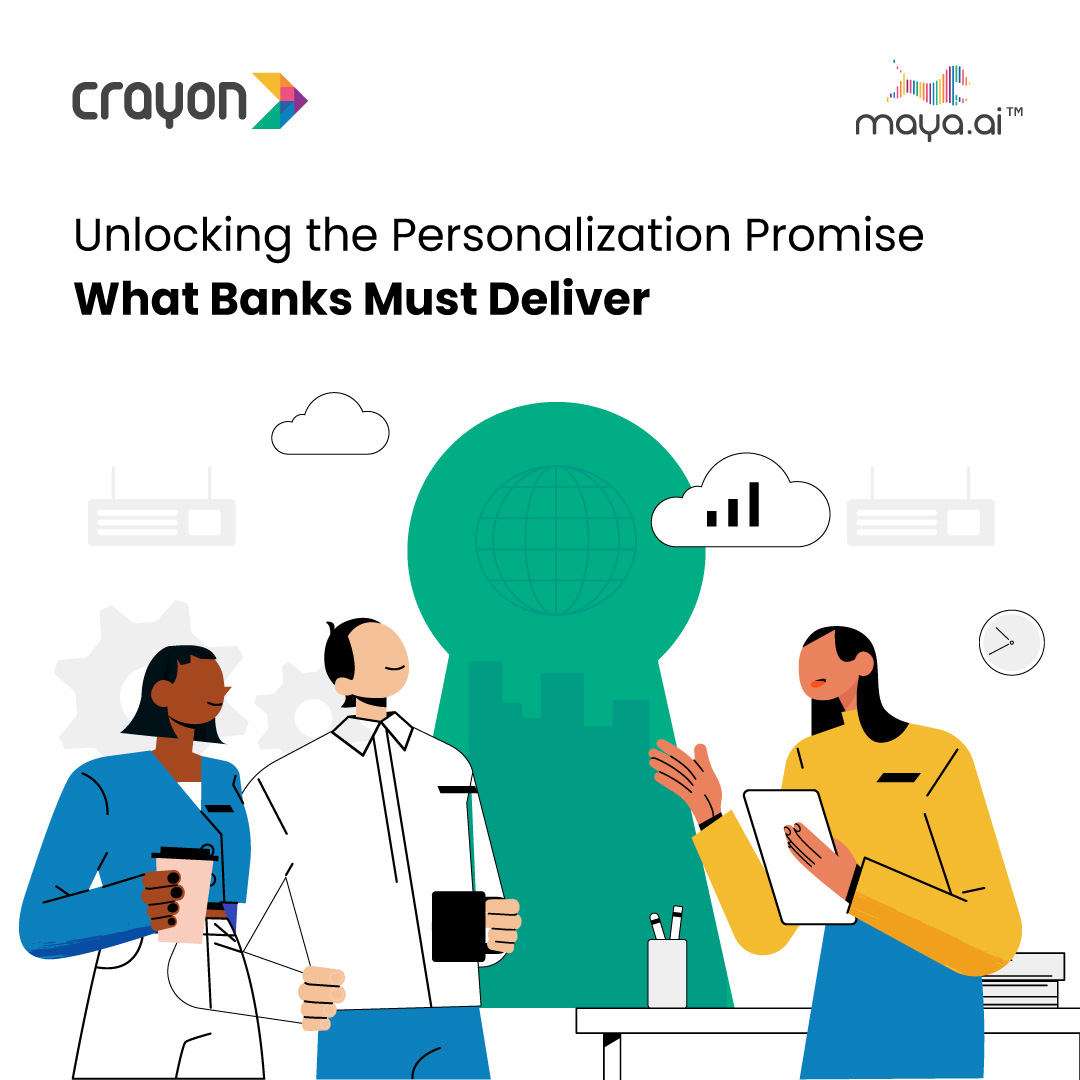




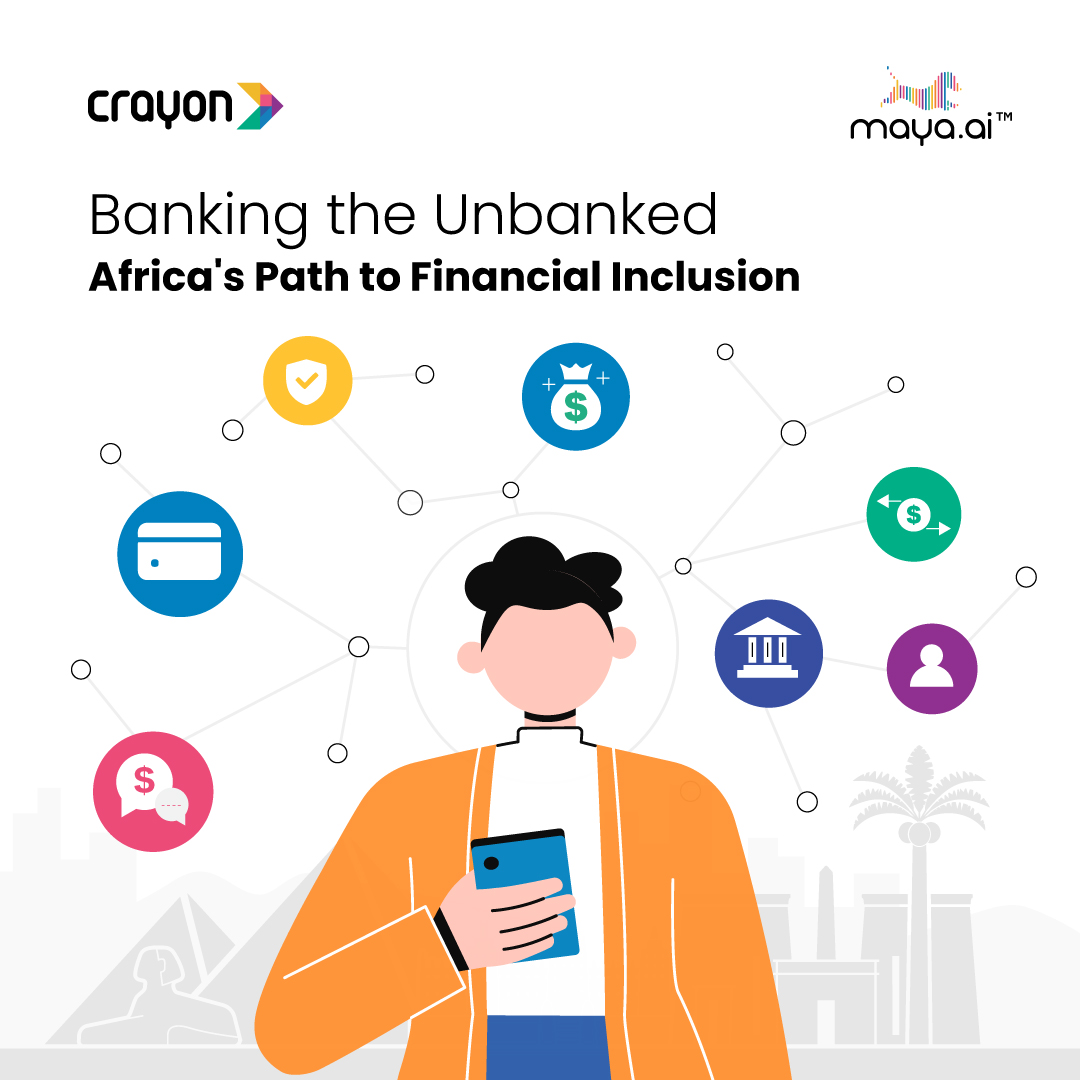

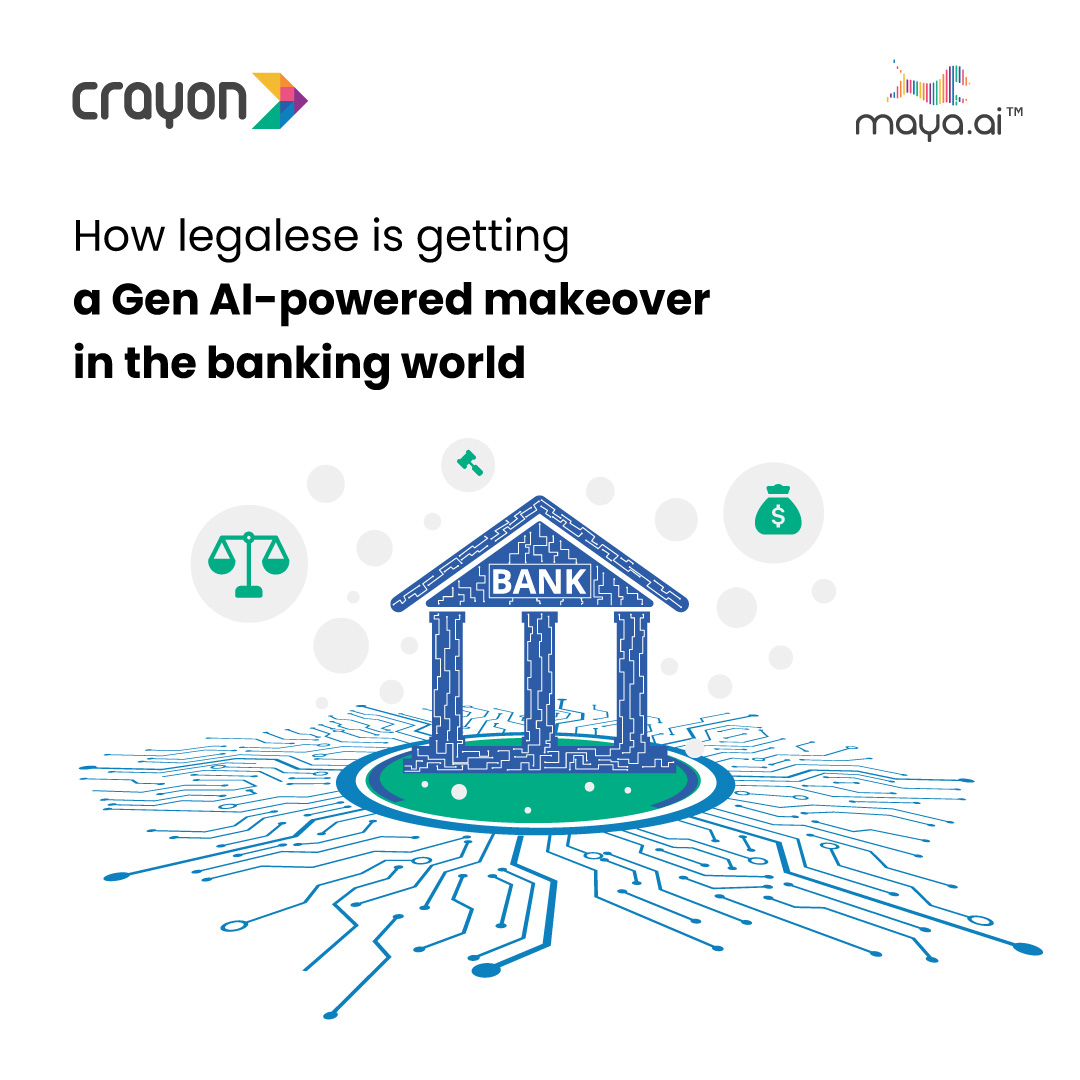

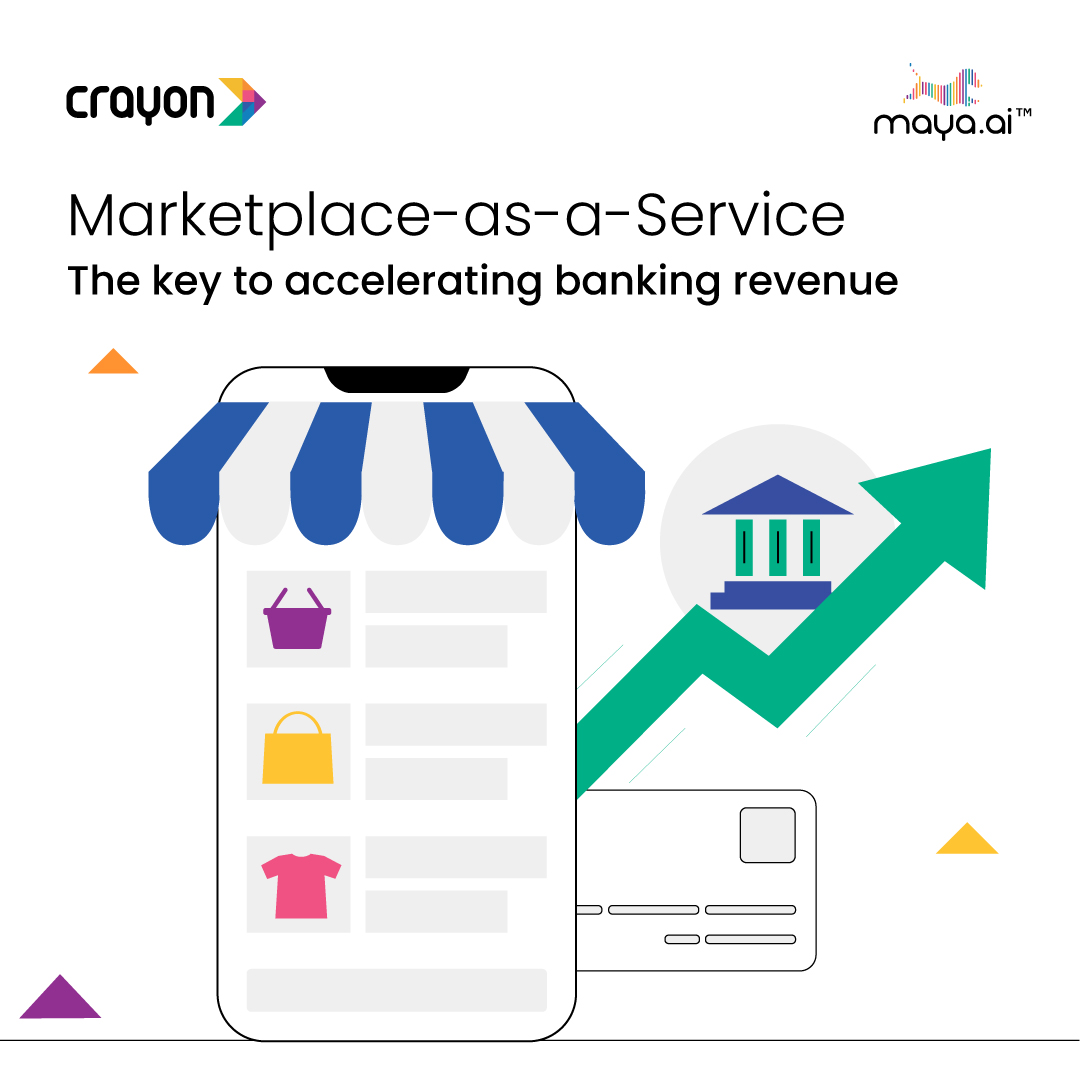


![Slaves to the Algo: AI podcast by Suresh Shankar [Season 1]](https://crayondata.ai/wp-content/uploads/2023/07/AI-podcast-by-Suresh-Shankar.jpg)
![Slaves to the Algo: an AI podcast by Suresh Shankar [Season 2]](https://crayondata.ai/wp-content/uploads/2023/08/version1uuid2953E42B-2037-40B3-B51F-4F2287986AA4modecompatiblenoloc0-1.jpeg)




